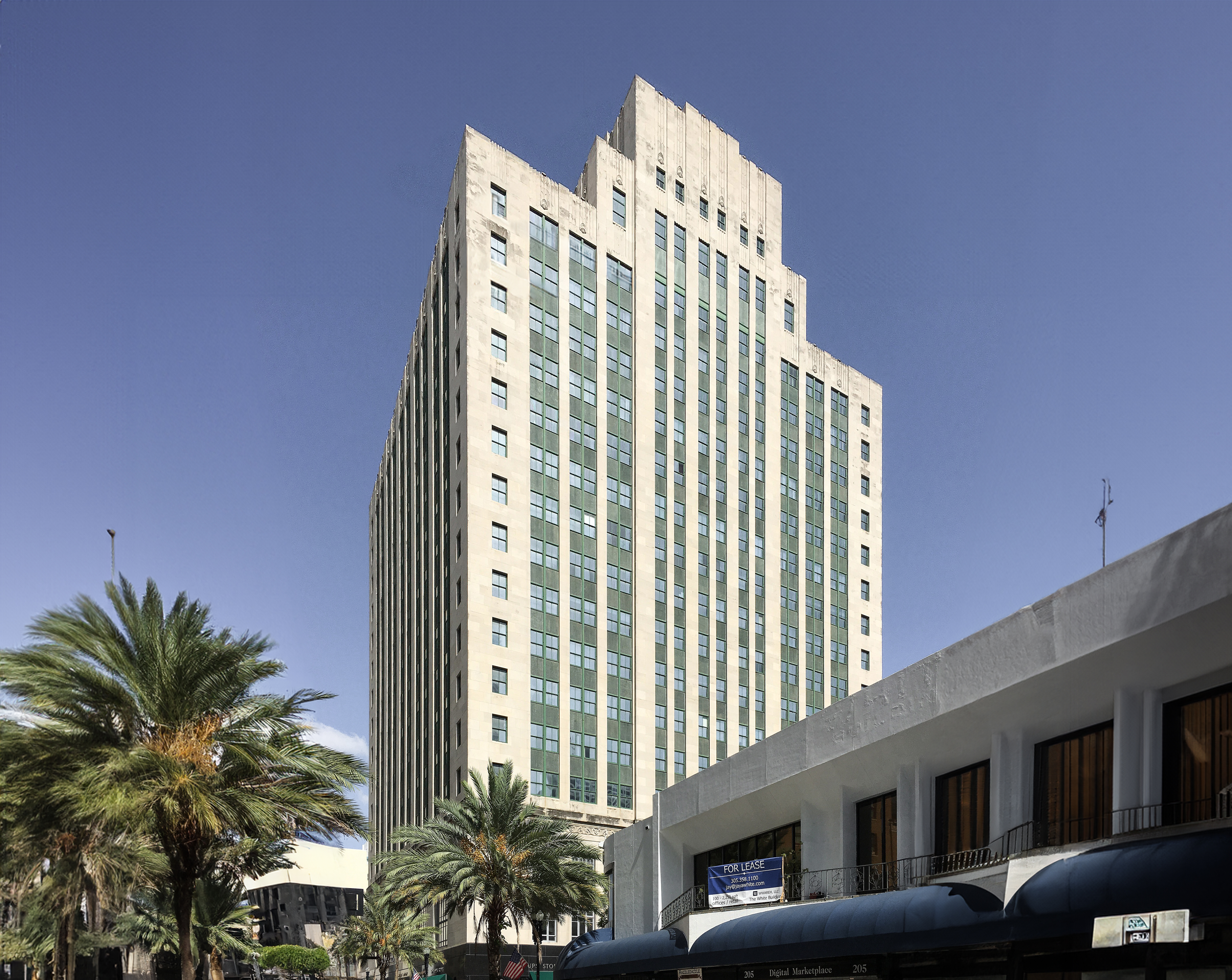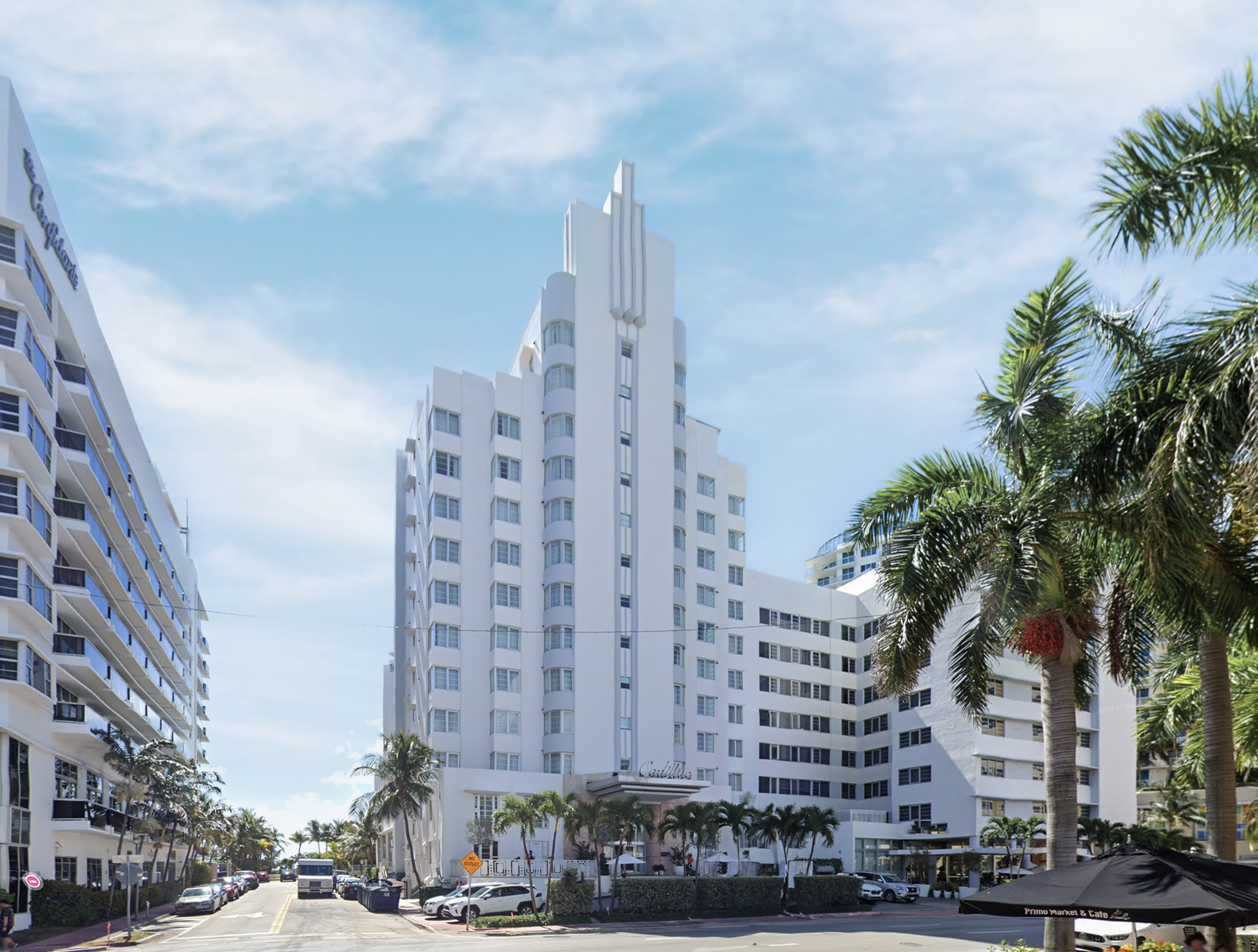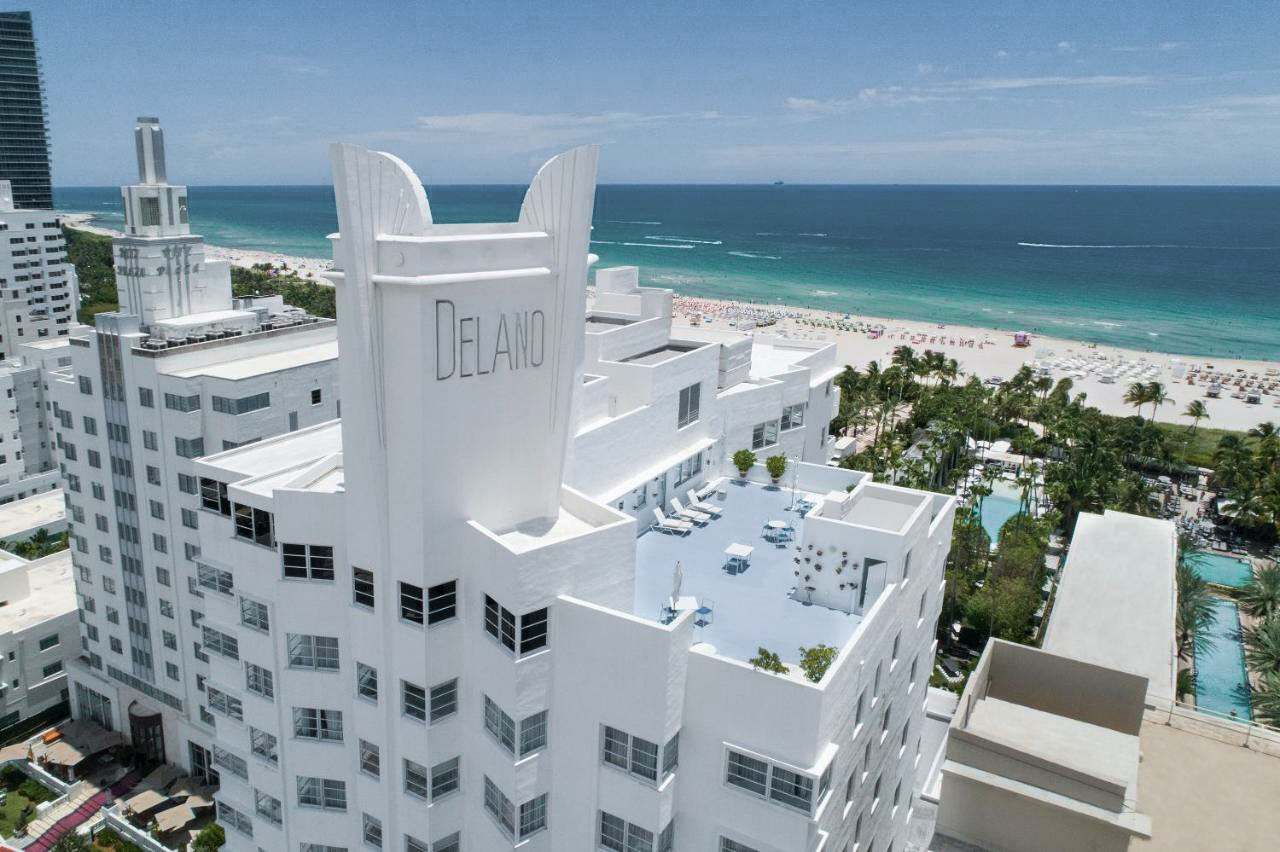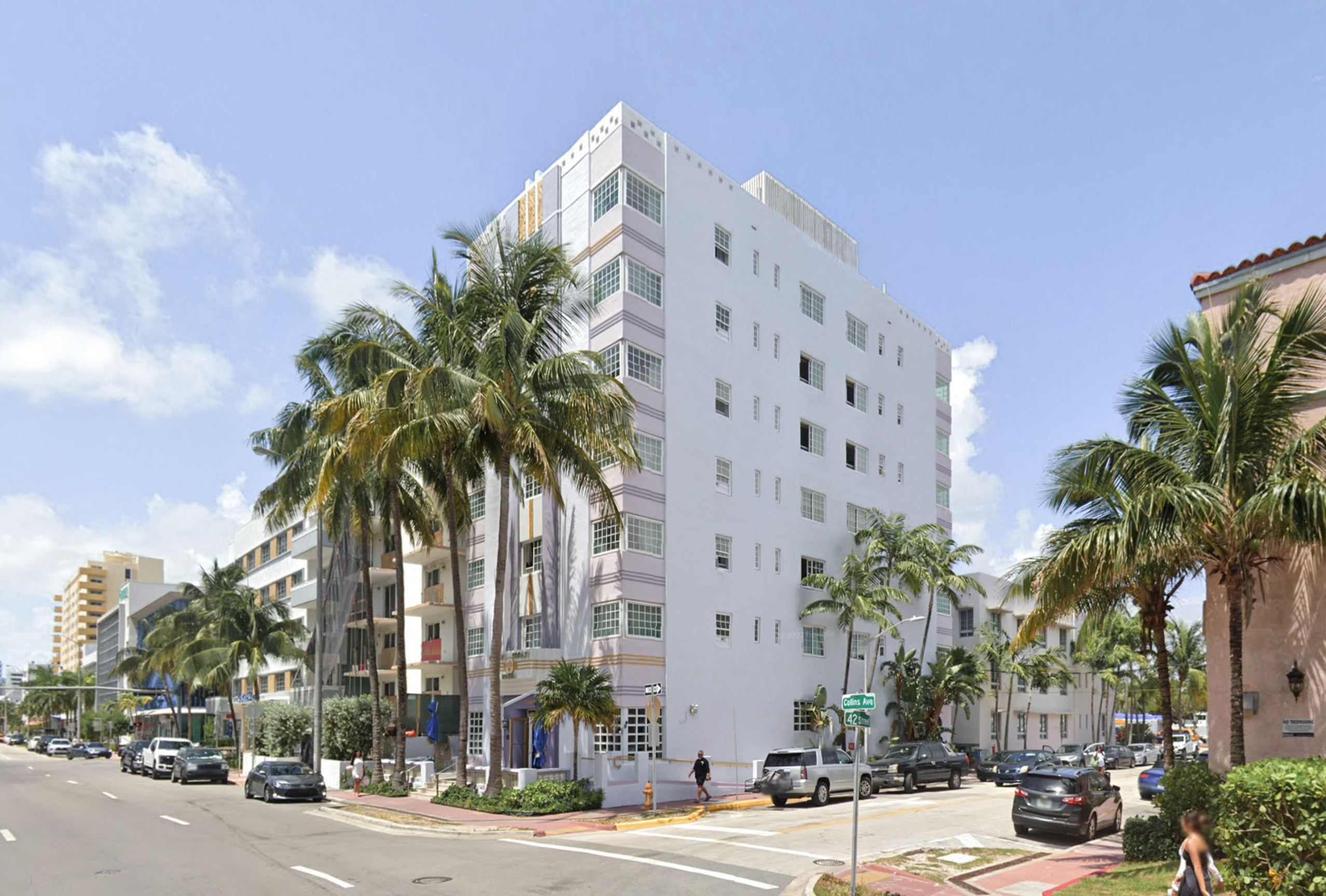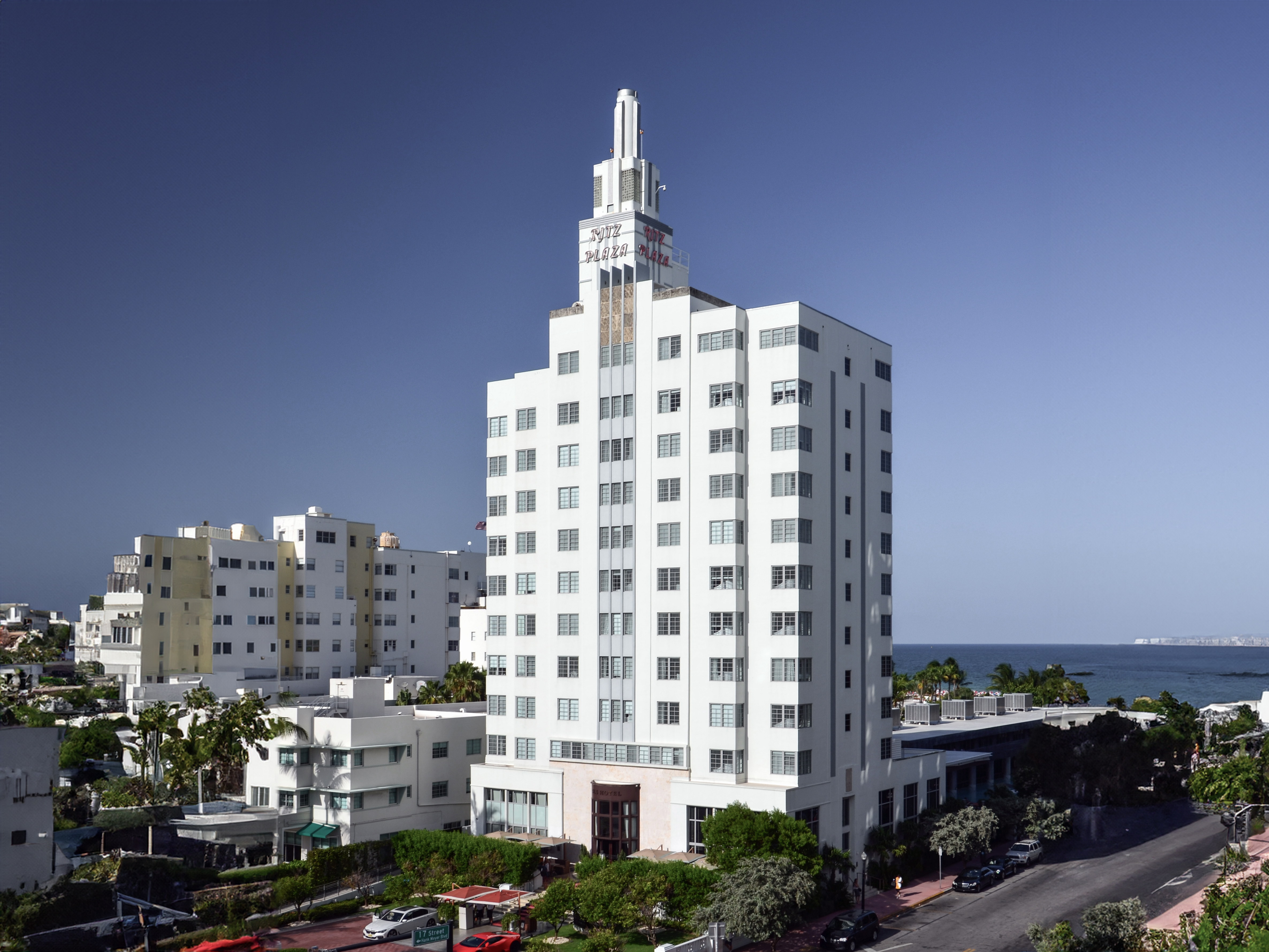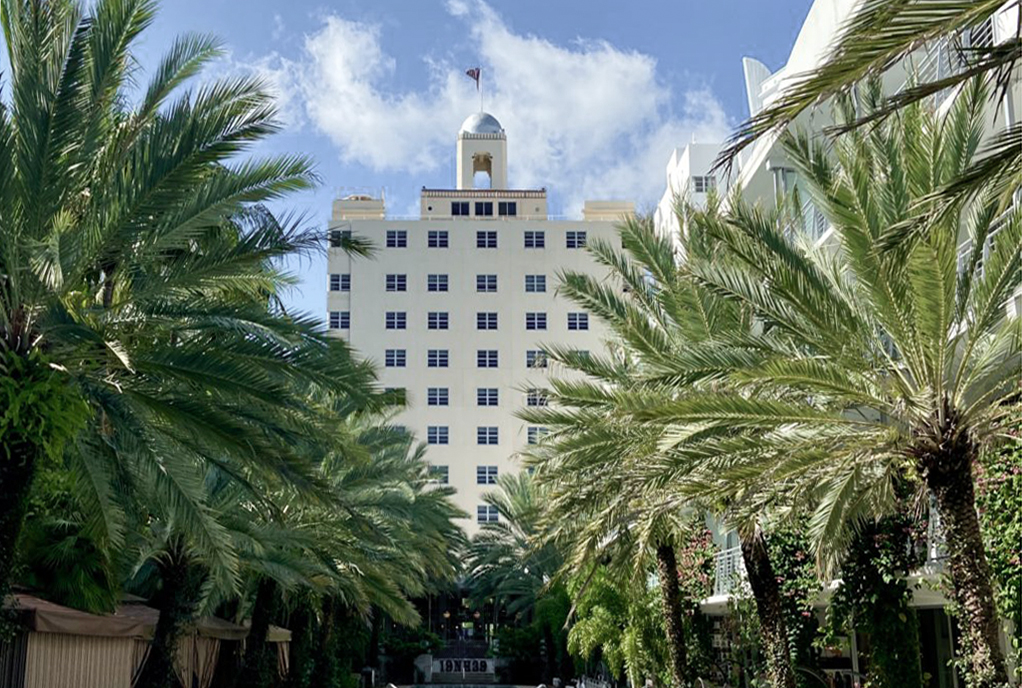The Alfred I. DuPont Building is an Art-deco skyscraper designed by Marsh and Saxelbye , and built between 1937 and 1939, for a reported $2.50 million dollars, in Miami, FL.
Its precise street address is 169 East Flagler Street, Miami, FL. You can also find it on the map here.
The Alfred I. DuPont Building is a structure of significant importance both for the city of Miami and the United States as a nation. The building embodies the distinctive characteristic features of the time in which it was built and the Art Deco style. Because of that, the Alfred I. DuPont Building was officially included in the National Register of Historic Places on November 21st 1988.
